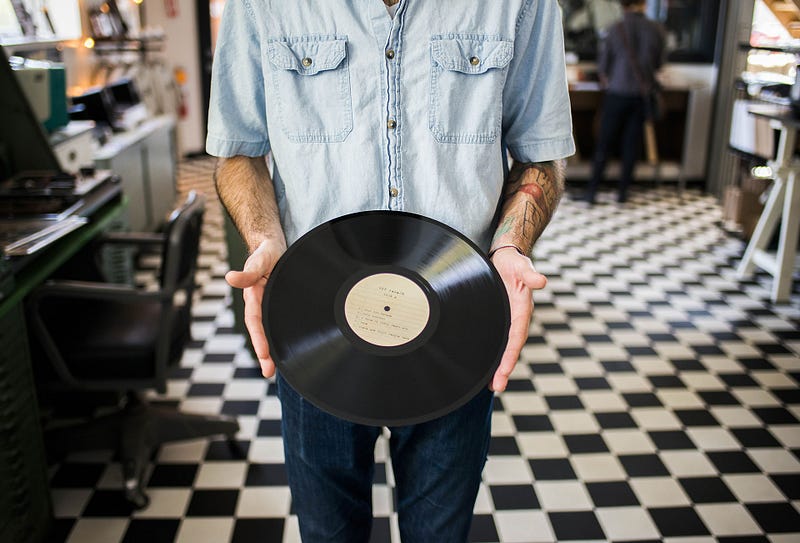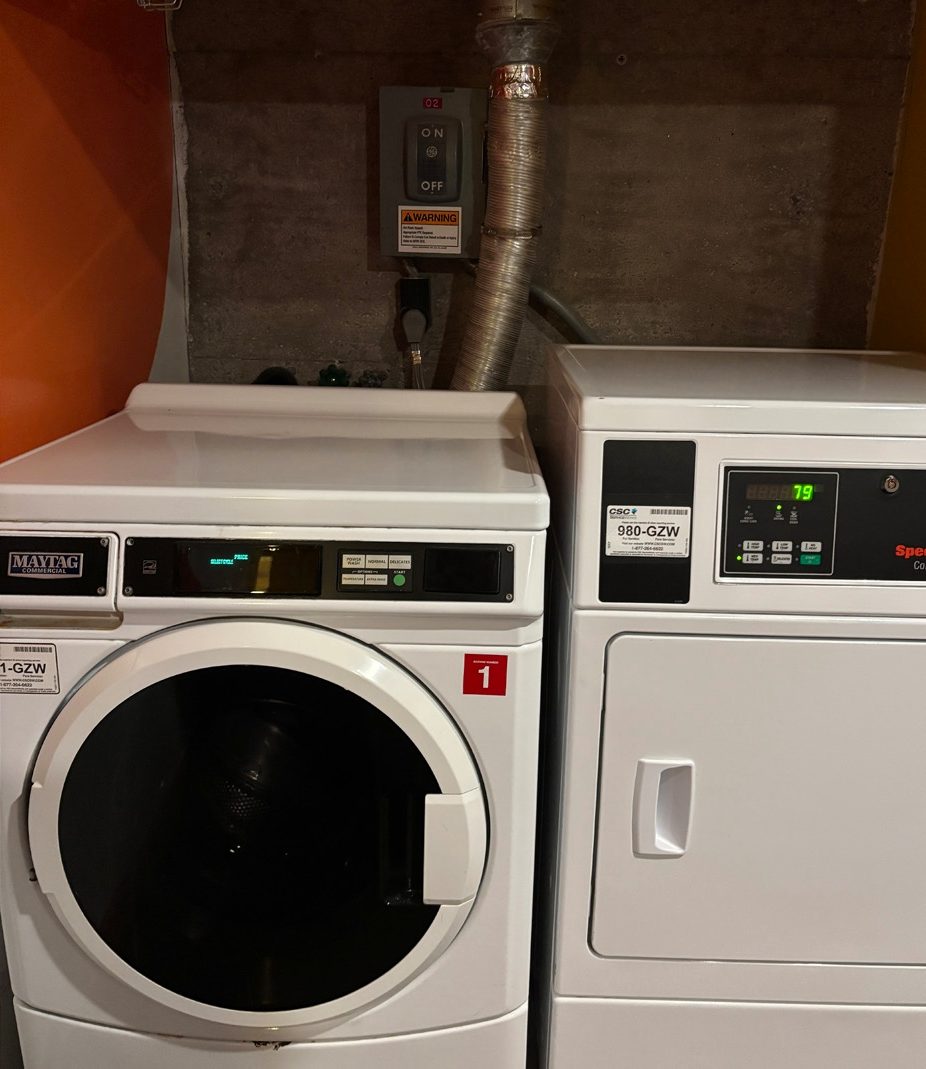
It is difficult not to submit to the notion that modern society has an affinity for instant gratification. Social media applications like Instagram and TikTok encourage and capitalize upon lower attention spans that are liable to latch onto appealing graphics or abrasive content. This shift is most apparent in the way that consumers digest media. Box-office-caliber films such as
Blonde
(2022) and
The Gray Man
(2022) are both movies that originate on a streaming service (Netflix) rather than in theaters, the latter of which boasted an astounding budget of $200 million, a number that puts many studios who focus on in-person engagement to shame. In the realm of music, streaming has also enabled users to have unrestricted, and relatively limitless, access to their favorite artists. In a world where convenience reigns supreme, why have vinyl sales reached a new peak in popularity?
Ironically, the growth of physical records has coincided with new aspects of streaming being taken into account. According to
Variety
, TikTok music streaming revenue grew 24% from 2020 to 2021, accounting for 83% of total U.S. recorded music revenue, while vinyl revenue ballooned by 61% in 2021. Vinyl sales reached the mark of $1 billion for the first time since 1986, as well as being responsible for 63% of total revenue for physical music products. Physical methods of music indulgence have long been viewed as increasingly obsolete since the early 2000s, where devices like the iPod revolutionized the way customers could purchase music, as well as the aforementioned dawn of the streaming era in the 2010s. It is difficult to pinpoint how vinyl has once again carved out its niche in the zeitgeists of society, but there are various tangible and intangible perspectives from which to analyze it.
For lack of better words, there is just an overall vibe associated with physical records. The concept that these products were as culturally pervasive decades ago means that buying them is a way of practicing appreciation for past generations of music. Those who enjoy artists like Madonna and Bruce Springsteen, acts that enjoyed a career prime prior to the current technological age, might feel as though physical records can bring them to a time that they had no opportunity to enjoy. Those who feel disillusioned to modern standards of music may be inclined to return to previous generations for creative exploration. With tools like the internet at the disposal of impressionable consumers, nostalgia can be intoxicating, and the tangibility of vinyl can offer validation of one’s extensive passion.
The exercise of listening to physical records also encourages a type of dedication that is absent from mediums like streaming. Purchasing vinyl promotes listeners to truly delve into the albums that they love by making them commit to buying the full-length album long play (LP) in its entirety, rather than being able to cherry pick specific songs that they enjoy while discarding the rest on an app like Spotify. Vinyl costs can range anywhere from $1 to multiple-LP box-sets that exceed $100. This in itself can be extremely provocative, as purchasing vinyl effectively places a quantitative value on the qualitative aspects of an art form. The consumer’s listening experience is informed by whether they felt justified in their purchase, causing the subsequent evaluation of the musical act to be fueled by the affection or dismay felt for the standard of the product in relation to its personal monetary compromise. Fans are essentially carrying out a transaction with the artist instead of the middleman that streaming services often act as.
There are also certain aspects of physical records that can only be superficially replicated by their digital counterpart. The crackling of a record player’s needle hitting the vinyl, the seamless transitions from song to song as an album progresses and the overall listening experience are all regarded as irreplaceable by even the most modern standards of auditory technology. The flaws that come with the physical product itself are the most distinctive feature of vinyl though. As records age, warp, scratch or even completely break, music can take on a distortedly fresh demeanor as opposed to the polished manner of its technologically advanced opposition.
Contrary to popular belief, some people have found personal sanctuary from the commodification of life in the gradual pleasure that products like physical records can provide. It can be so refreshing to have every resource at the tip of your fingers and still choose to patiently appreciate art. Even though vinyl is more of a genuinely intimate and capital investment than a subscription to Apple Music, those exact stakes are what makes the medium transcend its innate purpose.
























